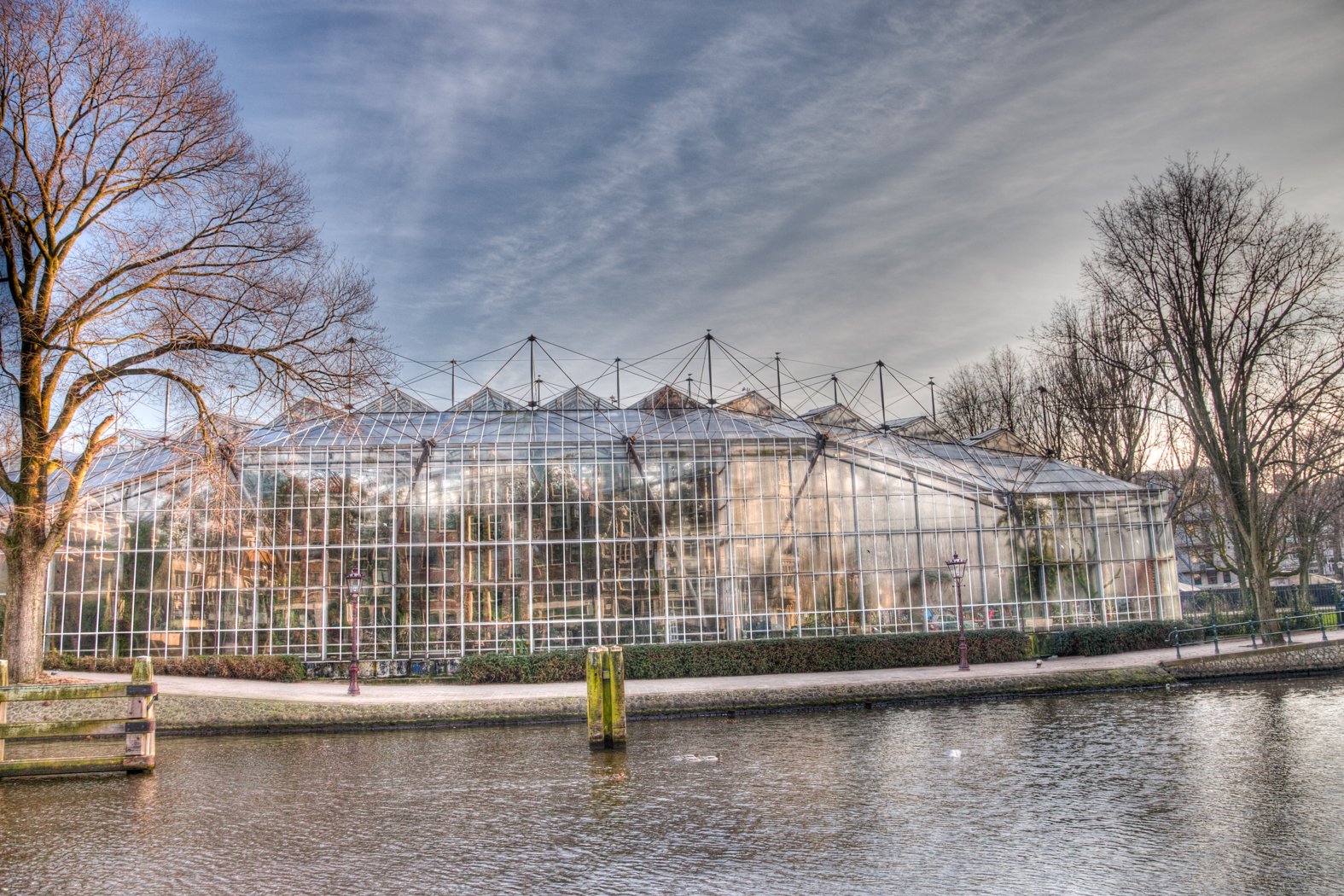

The light that falls on your subject in the morning is not the same as the light at midday and that light will depend on the weather conditions. The colour temperature of light is measured in degrees Kelvin and can range from cool to warm casts of white light where candle light has a temperature of approximate 1900, tungsten photographic lights 3200, and overcast sky 6000. The human eyes are capable of adjusting to changes in colour temperature. The following table below gives the approximate colour temperature for different lighting conditions / times of day
Blue sky
Shade from blue sky
Shade from party cloudy sky
Shade from daylight
Overcast sky
Sunlight (noon, summer, mid-latitudes)
Electronic photo flash
Sunlight (early morning and late afternoon)
Hour from dusk/dawn
Professional tungsten photographic lights
Sunlight (sunrise or sunset)
9000 - 1200
7500
7000
6500
6000
5500
5500 - 5600
4500
3500
3200
2000
For film photography, the photographer would use special film for different lighting conditions, or filters in front of the lens when shooting in mixed lighting conditions on the same roll of film. In digital photography you take colour temperature in account by setting the white balance control of the digital camera.
Most cameras have an automatic white balance setting (AWB), although this does not guarantee that the image produced will have the correct white balance, as the camera has to determine the colour temperature from the light reflected and not the light falling on the subject. The images that AWB produces can have a blue, red or green tint and thus unrealistic.
On DSLR camera’s, you can manually set the white balance, these settings are normally,
|
Shade |
|
preset approx 7000 K |
|
Flash |
|
|
|
Cloudy |
|
preset approx 6000 K |
|
Daylight |
|
preset approx 5200 K |
|
White fluorescent light |
|
preset approx 4000 K |
|
Tungsten |
|
preset approx 3200 K |
|
Kelvin |
|
Allows you set the colour temperature to be used. |
|
Custom |
|
Allows you to calibrate the the white balance for the lighting conditions by taking a image of gray reference. |
Values above for Canon 40D
Remember that the presets are only estimates for ideal lighting conditions. As mention above the light varies depending on the time of day and your attitude above sea level, therefore you need to interpret which preset is more suitable to your lighting conditions. You can use the LCD screen to judge whether the image is too cool or warm although the LCD can also be misleading. Adjusting the preset up or down and re-shoot. For cool shots you need to change the setting by choosing one that is above (in the table above, excluding the custom and Kelvin setting) your current setting and vice versa if your image is too warm. It is good practice to bracket your white balance settings if you think that the image on the LCD screen has an incorrect colour cast. If this is not successful then you can use the Kelvin setting to input a temperature.
Another technique is to use the camera custom setting and a neutral reference to determine the correct colour temperature for your lighting conditions. A neutral reference can be a white or gray card that you take a image of when the camera’s White Balance is set to auto, the card must fill the frame. Then via the menu select Custom WB and choose the image that you want to base the white balance on. Thus every time you set the White balance of your camera to Custom, the camera will applied the colour temperature of the reference image as the white balance. Remember that you will have re-shoot the reference image when the lighting conditions change.
When you import the image onto the your computer, you can check whether the white balance is correct and if necessary change it using photo editing software. To get the best results using editing software then it better that you shot in RAW, as makes it easier for you to adjust the white balance of the image. One method that you can use, is to use the white balance dropper that allows you to pick a neutral point on your image as reference point and the software will adjust the image according.